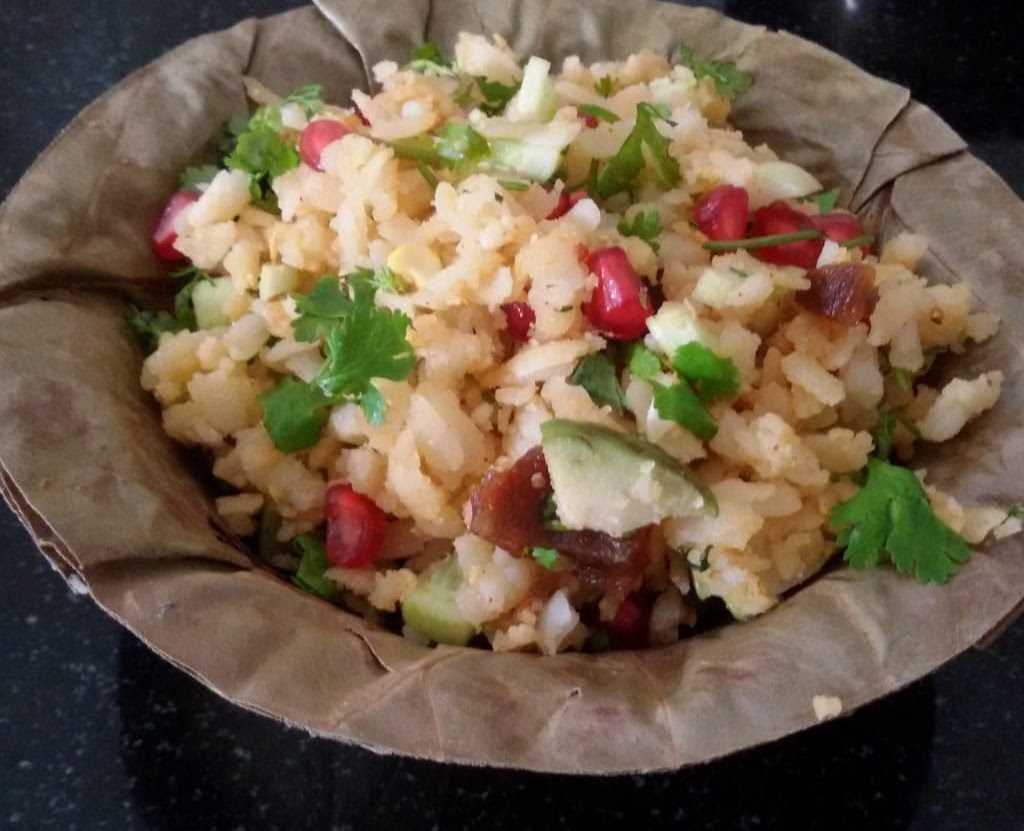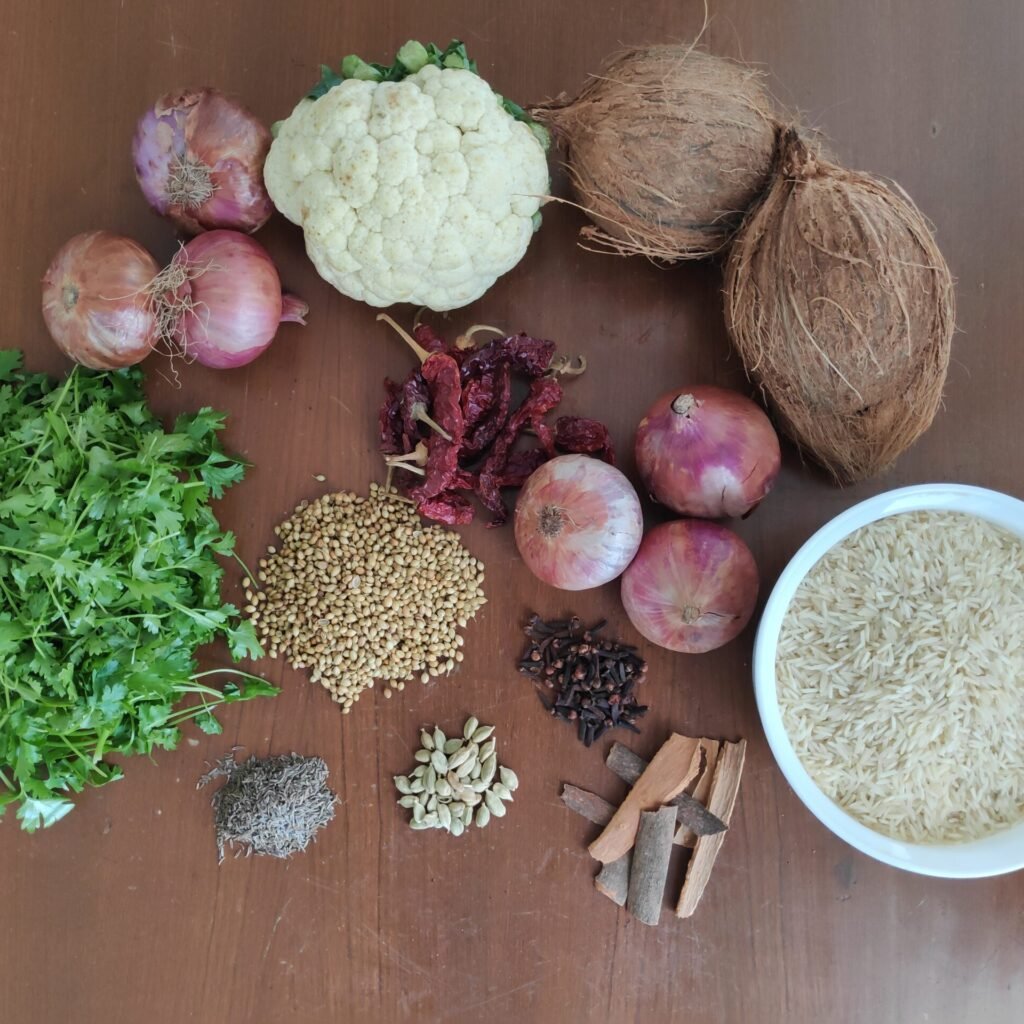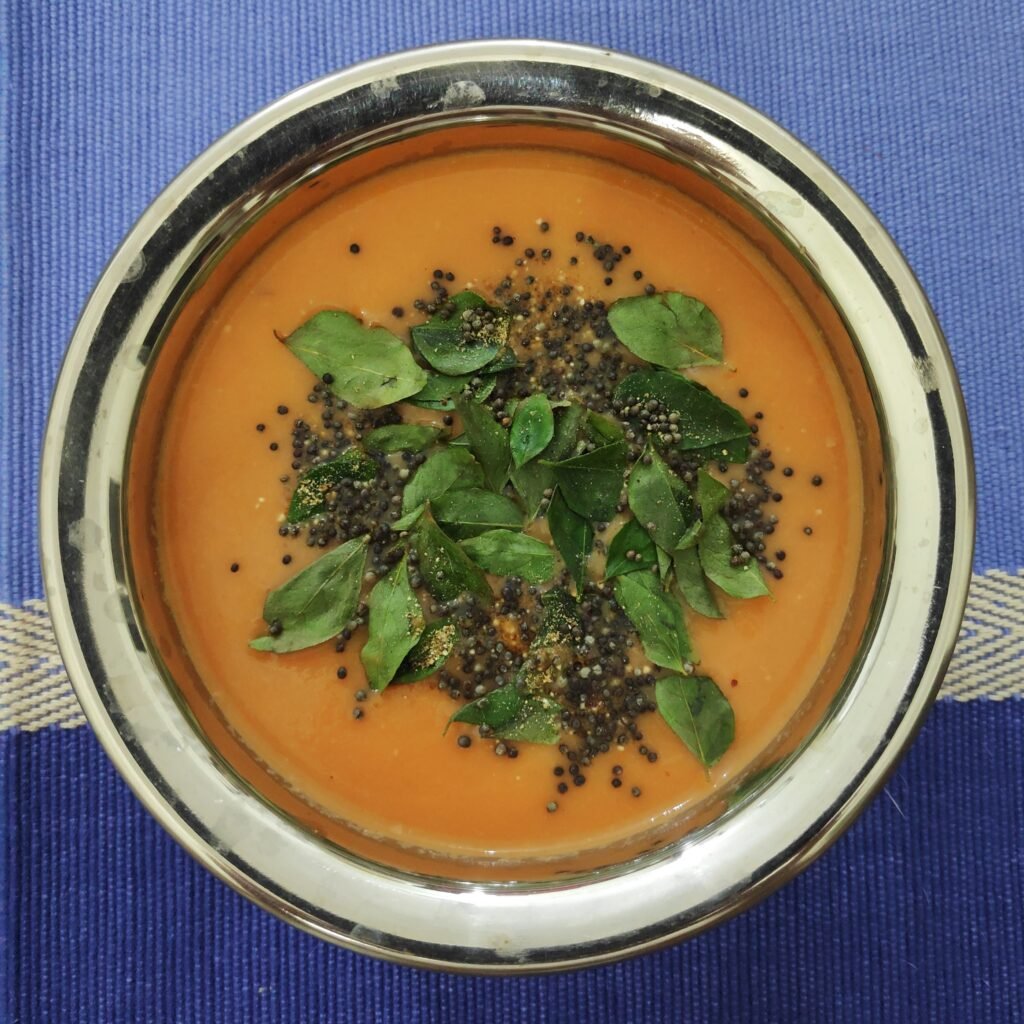Rice and Green Gram Dal Kheer
Rice is one of the oldest cereal grains in the world which has been grown for at least 5,000 years and almost all of the rice today is cultivated in Asia. It is also a staple food for more than half the population of the world. There are thousands of types of rice and many are becoming rare to find. But mostly rice fits into two groups: white (polished) or brown (whole grain). Though brown rice offers more health benefits, white rice is what is used more commonly. Brown rice comes in a variety of shades, including reddish, purplish, or black. Rice is primarily composed of carbohydrate in the form of starch, which makes up almost 80% of its total dry weight. The body digests sticky or starchy rice faster than other long grain varieties like basmati. During the processing of white rice, the grain loses the bran, or seed coat, which contains most of the fiber, and so brown rice contains a higher amount of dietary fiber than white rice.





